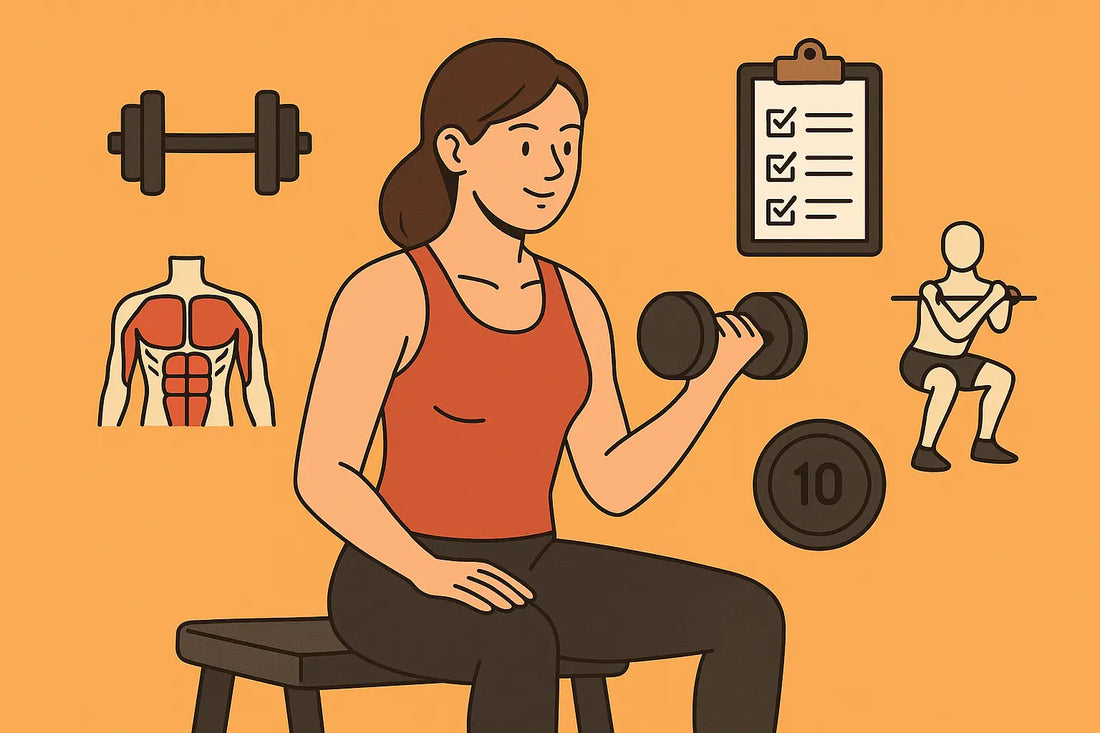
Master the Fundamentals of Weight Training: Your Complete Guide
Share
Fundamentals of Weight Training
Weight training basics is the perfect way to build a strong, healthy body. Whether you're new to the gym or just beginning your fitness journey, understanding the fundamentals of weight training will help you avoid injury, stay consistent, and reach your goals faster. This guide will walk you through everything you need to know to get started, from choosing the right equipment to mastering essential techniques.
1. What Is Weight Training and Why It Matters
Defining Weight Training
Weight training is a type of strength training that uses resistance—like dumbbells, barbells, kettlebells, or even your own bodyweight—to build muscle and increase strength. It’s not just for athletes or bodybuilders; anyone can benefit from incorporating weight training into their routine. Whether your goal is to lose fat, gain muscle, or simply feel stronger in daily life, weight training provides a solid foundation for long-term health and fitness.
Benefits of Weight Training
There are many benefits to learning the weight training basics. Lifting weights can help you improve your posture, boost your metabolism, increase bone density, and enhance overall body composition. It also supports mental health by reducing stress and boosting confidence. For beginners, starting with a basic dumbbell workout or basic bodyweight workout can help you build a solid foundation before progressing to more advanced routines.
2. Setting Realistic Goals and Expectations
Why Goals Are Important
Before jumping into your first workout, it’s important to define your goals. Are you looking to build muscle, lose weight, or simply improve your overall fitness? Setting realistic and measurable goals will help you stay motivated and track your progress over time. For example, if you're new to lifting, a good starting point might be to complete a basic weightlifting routine two to three times per week.
How to Track Progress
Tracking your progress is key to long-term success. Use a workout journal or a fitness app to record the exercises you do, the number of reps and sets, and the amount of weight you lift. This will help you see improvements over time and make adjustments as needed. A simple weight lifting plan with clear milestones can keep you on track and prevent frustration or burnout.
3. Choosing the Right Equipment
Free Weights vs. Machines
When starting out, you may wonder whether to use free weights or machines. Free weights, like dumbbells and kettlebells, offer more flexibility and help improve balance and coordination. Machines, on the other hand, guide your movement and can be safer for beginners. A basic kettlebell workout or a basic dumbbell workout can be done at home or in the gym, depending on your preferences and available equipment.
Essential Equipment for Home Workouts
If you're working out at home, a few key pieces of equipment can make a big difference. Consider investing in a set of adjustable dumbbells, a kettlebell, and an adjustable bench press chair. These items allow you to perform a wide range of exercises that target all major muscle groups. Having a sturdy, foldable dumbbell stool can also help you stay organized and save space in your home gym.
4. Mastering Proper Form and Technique
The Importance of Good Form
One of the most important weight training basics is learning how to move correctly. Proper form helps prevent injuries and ensures that you’re targeting the right muscles. Don’t rush through your reps—take time to learn each movement slowly and with control. If possible, work with a trainer or watch instructional videos to ensure you’re performing each exercise correctly.
Common Mistakes to Avoid
- Using too much weight too soon
- Not warming up before lifting
- Holding your breath during lifts
- Arching your back during exercises like bench presses or squats
- Ignoring rest days
Remember, it’s better to do fewer reps with good form than to lift heavier with poor technique. Start with a basic bodyweight workout or a basic weightlifting routine to build confidence before adding more resistance.
5. Creating Your First Weight Training Routine
Full-Body vs. Split Routines
As a beginner, a full-body workout is often the best approach. This allows you to work all major muscle groups in one session, which is both efficient and effective. A simple weight lifting plan might include squats, push-ups, rows, and overhead presses. As you progress, you can start splitting your workouts into upper and lower body or push and pull days.
Sample Weekly Routine
- Monday: Full-body dumbbell workout
- Wednesday: Bodyweight strength training
- Saturday: Kettlebell or machine-based workout
This schedule gives you enough time to recover between sessions while still staying consistent with your training.
6. Staying Consistent and Building Momentum
Consistency is the key to seeing results in weight training. Even if you're only doing a basic dumbbell workout or basic bodyweight workout three times a week, staying consistent will lead to real progress over time. Try to make weight training a habit by setting a regular schedule and sticking to it. Celebrate small wins, like lifting heavier or completing more reps, to keep yourself motivated.
7. Frequently Asked Questions (FAQ)
What is the best way to start weight training as a beginner?
Start with a basic weightlifting routine that includes compound movements like squats, lunges, push-ups, and rows. Focus on learning proper form before increasing weight or intensity.
How often should I train each week?
For beginners, 2–3 full-body sessions per week is ideal. This allows for proper recovery while still building strength and endurance.
Do I need a gym membership to start weight training?
No! You can begin with a basic dumbbell workout or basic bodyweight workout at home. All you need is a little space and some basic equipment like a bench or resistance bands.
Can I build muscle without heavy weights?
Yes! You can build muscle with lighter weights and higher reps, especially when you’re just starting out. The key is to challenge your muscles consistently and focus on progressive overload over time.
Is it normal to feel sore after weight training?
Mild soreness (called DOMS—delayed onset muscle soreness) is normal when you first start lifting. It usually goes away within a few days. If you experience sharp pain or severe discomfort, stop the exercise and consult a professional.
